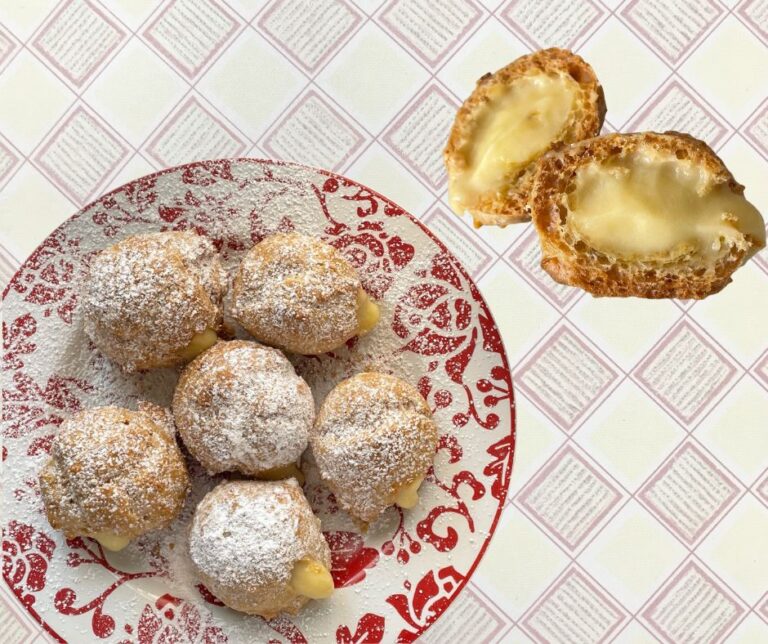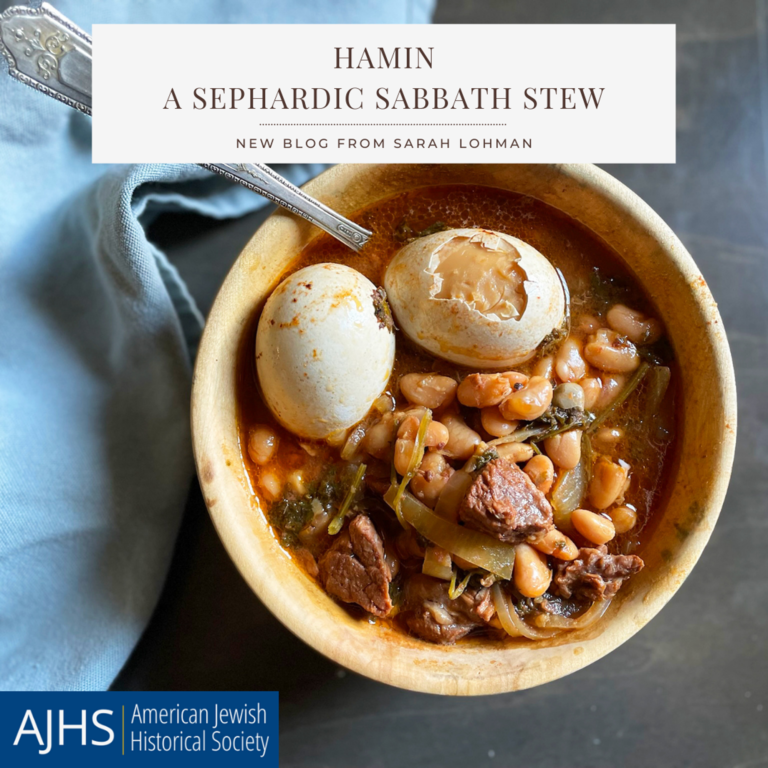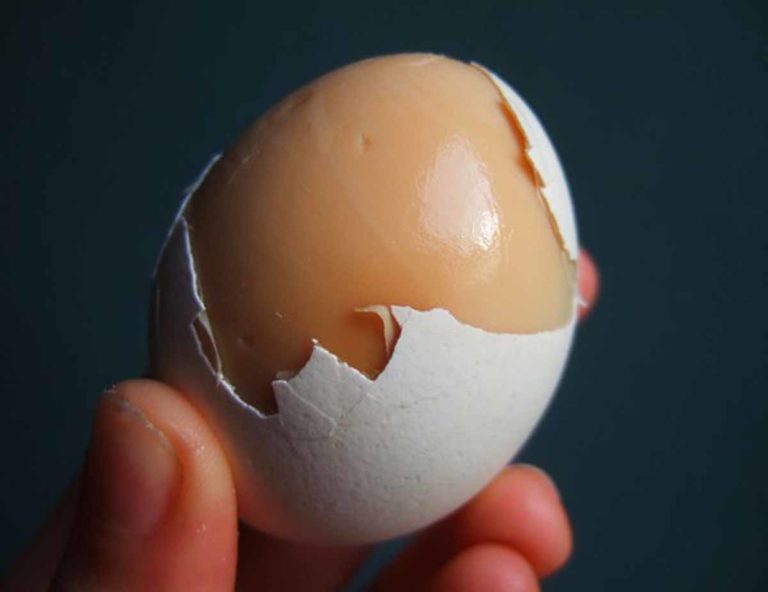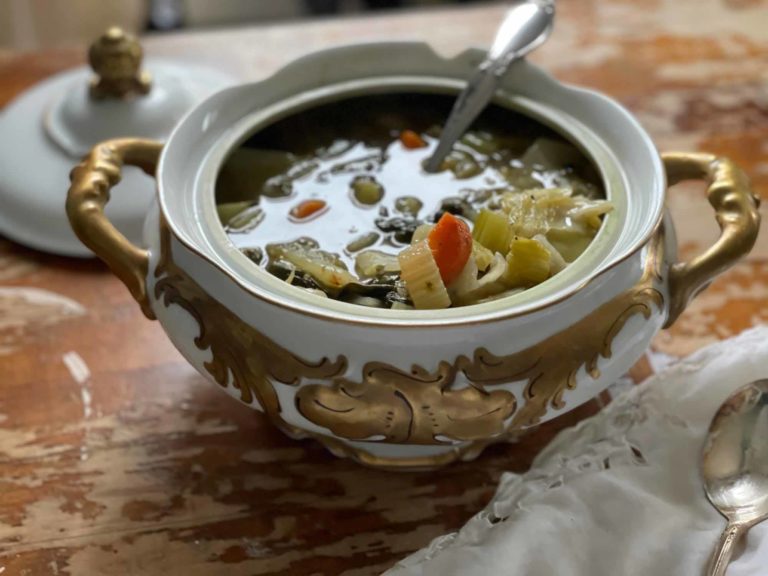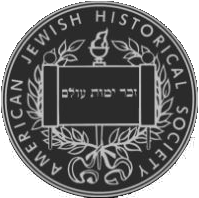Gene Wilder’s “Mock Strudel”
Jewish immigrants and their descendants have long history in the field of the American entertainment industry, from the Yiddish theaters of the Lower East Side, to vaudeville, to the birth of Hollywood studios. Marilyn Hall, editor and compiler of the Celebrity Kosher Cookbook: A Sentimental Journey with Food, Mothers, and Memories, set out to document the link between Jewish celebrities’ culinary memories, and their family recipes.
“[They] all gave us a slice of their lives and with it a moment of very personal history,” wrote Hall. “Their mothers and grandmothers come through in vivid glimpses – the newcomers to this land.” The dishes and beloved childhood memories compiled in this book come from an array of Jewish entertainers, including comedian Red Buttons, Rat Pack member Sammy David Jr., and two members of the original cast of Star Trek.
William Shatner contributed his recipe for Matzo Kneidlach, accompanied by a story about the first time he ate horseradish at Passover Seder; while Leonard Nimoy recalled his family’s Pickled Herring recipes, a culinary memory deeply entwined with those of his Boston childhood. His mother and grandmother, he wrote, prepared meals as a way to show love, yet his next remark, “When one meal was finished, the next was in preparation,” reminds us of the unrelenting, typically female, labor of caring for a home and family. The first time Nimoy made his family’s herring–with onion, vinegar, sour cream, and a few tablespoons of sugar–he thought it wasn’t as good as his mother’s. What was missing, he decided, was his mother’s touch. “However, everybody loved my herring – especially my mother. She felt that hers had always been good but what it needed was my touch,” wrote Nimoy.
Director Carl Reiner remembered the flavor of leftover latkes warmed over his family’s steam radiator, while comedian Joan Rivers admitted to not being much of a cook–when her daughter was growing, up a common joke in the Rivers household was: “Eat some more, kid. It’s good. Mommy didn’t make it.” That said, Rivers did share her decidedly un-kashrut recipe for Pears and Caviar: poached pear halves topped with a generous mound of caviar.
My favorite story is from actor Gene Wilder:
“When I was seven years old I had a passion for strudel that exceeded my interest in most other things in life. It wasn’t all strudel I loved–only my Bubby’s and her cousin’s (both ladies came over from Russia in 1911)…One particular day I went to visit my grandmother…to my surprise my grandmother was in the process of making a fresh batch.
I pulled up a stool and watched her as she finished rolling the dough…An hour later, I came bursting into my own mother’s kitchen, crying ‘Mama! Mama! I know how to make strudel.’
‘What are you talking about?’ she said.
‘I can make strudel,’ I answered very confidently.
‘How do you do it?’ she asked.
‘Simple,’ I said. ‘First throw in all those things in to the dough, then you roll it around just like this’ – and I made circles with my extended arms – ‘then you take a seven-inch butcher’s knife and cut the dough at this angle’ – I showed her exactly which angle I meant – ‘and then you put it in the oven at 350.’”

Rather than the delicate and complicated task of making real strudel, Wilder (or the cookbook’s editor, it’s unclear) offered the below recipe for Mock Strudel; although it lacks the flaky layers of the real thing, it is a satisfyingly sweet take on the classic dessert, requiring hardly any work, and barely any skill.
For the purposes of the book, Hall’s test kitchen used standardized measurements and ingredients, something which it acknowledged could never be used to recreated those long-ago meals. “We have no nostalgic memory of that kitchen,” she wrote, “[of] that mother using deft fingers and equipment peculiar to her.”
This disclaimer in place and without further ado, here, is Gene Wilder’s recipe for Mock Strudel:
Mock Strudel
From the Celebrity Kosher Cookbook: A Sentimental Journey with Food, Mothers, and Memories, 1975.
This recipe takes two days to make; the sticky dough needs to be chilled overnight. I experimented with three different filling combinations: apple butter, dates, and almonds; my mother’s homemade black raspberry jam and almonds; and homemade pineapple jam, dates, and shredded coconut. The coconut gets a little toasted and really is a tasty touch.
Ingredients
For the Dough:
- ½ pound (two sticks) unsalted butter
- 2 tablespoons sugar
- 2 eggs
- ½ pint (1 cup) sour cream
- 2 ¼ cups flour
For the Filling:
- Jam
- Dates, chopped
- Nuts, chopped
- Raisins
- Turkish Delight, chopped (optional)
- Shredded sweetened coconut (optional)
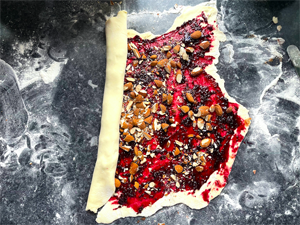
Instructions:
- In a stand mixer on medium-high speed, cream butter and sugar until light and fluffy. Add eggs and sour cream; mix well. With mixer on low, gradually add flour until just mixed. Chill dough in refrigerator 8-12 hours.
- Preheat oven to 350 degrees. Divide dough into three parts. Roll out each part ¼ inch thick on a lightly floured board into a rough rectangle. You may want to flip the dough several times to prevent it from sticking to the surface.
- Spread with jam, dates, nuts, raisins, or any filling you like. Roll like jelly rolls.
- Bake on a parchment-lined baking sheet 45 minutes to 1 hour, until top is evenly browned and you can hear the filling bubbling.
- Allow to cool on the baking sheet for 20 minutes. Cut in 1-inch slices while warm.
- Enjoy!

